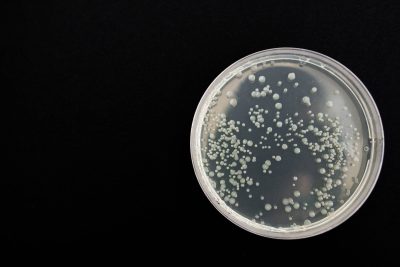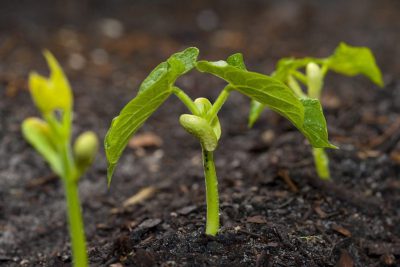In 1928, the first true antibiotic – penicillin – was discovered by Alexander Fleming. Before then, people died from simple tooth infections or from a small cut on their finger. This discovery must have seemed like a miracle, and yet in less than 100 years, we have used and abused these precious drugs so much that they are losing their power.
Almost a decade ago, Dr. Margaret Chan, the Director-General of the World Health Organization, warned that we were entering a post-antibiotic era in which many common infections would no longer be treatable and would, once again, kill unabated. Since then, even more drug-resistant pathogens have emerged. Thankfully, there is something truly effective we can all do to protect ourselves, our loved ones and our communities.
What Are Superbugs?
Superbugs are harmful germs that can no longer be properly controlled by medicines. This means that infections and illnesses that should be treatable actually cause serious ill-health, and worse. Drug-resistant bacteria already sicken 2.8 million Americans each year, and kill around 35,000 people, according to the Centers for Disease Control and Prevention (CDC). And there are many more infections and deaths associated with antibiotic overuse, including another 12,800 deaths due to Clostridium difficile.
What Are the Worst 5 Superbugs?
We hear most often about drug-resistant bacteria, but there are fungi and other germs that are resistant to drugs, too. While there is a worryingly large number of superbugs, CDC’s 2019 report lists five considered to be an “urgent threat”.
Clostridium difficile
This bacteria is not actually resistant to antibiotics but when we use antibiotics, we make infection with C. diff more likely. This is because antibiotics don’t just kill off bad bacteria, they also kill the beneficial bacteria that live in our digestive systems. C. diff also lives in our guts, usually without problem, but can multiply out of control if the good bacteria are killed. When this happens, symptoms can include diarrhea, fever, nausea, and tenderness in the abdomen. It is more common in older people and they also experience more severe symptoms. Complications include peritonitis, septicemia and perforation of the colon. Treatment is with antibiotics but, of course, this can actually make things worse.
Neisseria gonorrhoeae
This is a bacteria that causes the sexually transmitted disease gonorrhea. Those infected may not experience any symptoms at all, or they may experience pain on urinating or an abnormal discharge, but it’s pretty serious as it can also lead to infertility and increases the risk of HIV/AIDS. There are around 820,000 cases of gonorrhea in the US each year and antibiotics have always been used to successfully treat it but in 2018, health officials in the United Kingdom reported the emergence of a super-resistant strain. It seems that each time we use a new class of antibiotic to treat it, the bacteria just evolve to resist it. Now, gonorrhea has developed resistance to all but one class of antibiotics, which makes this superbug an urgent threat.
Carbapenem-resistant enterobacteriaceae (CRE)
This large family of bacteria was responsible for around 13,100 cases and 1,100 deaths in already hospitalized patients in the US in 2017. CRE is described as a “triple threat” as not only are the bacteria resistant to almost all antibiotics, but they kill up to half of patients who develop a bloodstream infection, plus the bacteria can transfer their antibiotic resistance to other bacteria within the same family, potentially making them untreatable as well. No wonder they are known as the “nightmare bacteria”.
Carbapenem-resistant Acinetobacter
This group of bacteria can be found in soil and water, though not every type is a danger to people. The most dangerous is Acinetobacter baumannii, which can cause pneumonia, meningitis and urinary tract infections, as well as blood and wound infections. The bacteria can survive in harsh conditions for long periods, and in 2017 caused an estimated 8,500 infections in hospitalized patients in the US, and 700 deaths. The CDC says there are “few alternative antibiotics, if any, left to treat the infections these germs cause”.
Candida auris
This superbug is actually a yeast, which can enter the bloodstream, causing serious infections. It was first identified in Asia in 2009 and has quickly spread around the world with all four strains having now been reported in the United States. Researchers have found that more than 90 percent of isolates are resistant to at least one antifungal drug, while 30 percent are resistant to at least two. The fact that it has emerged out of nowhere, spread so quickly and is resistant to drugs is why the CDC views this yeast as an urgent threat.
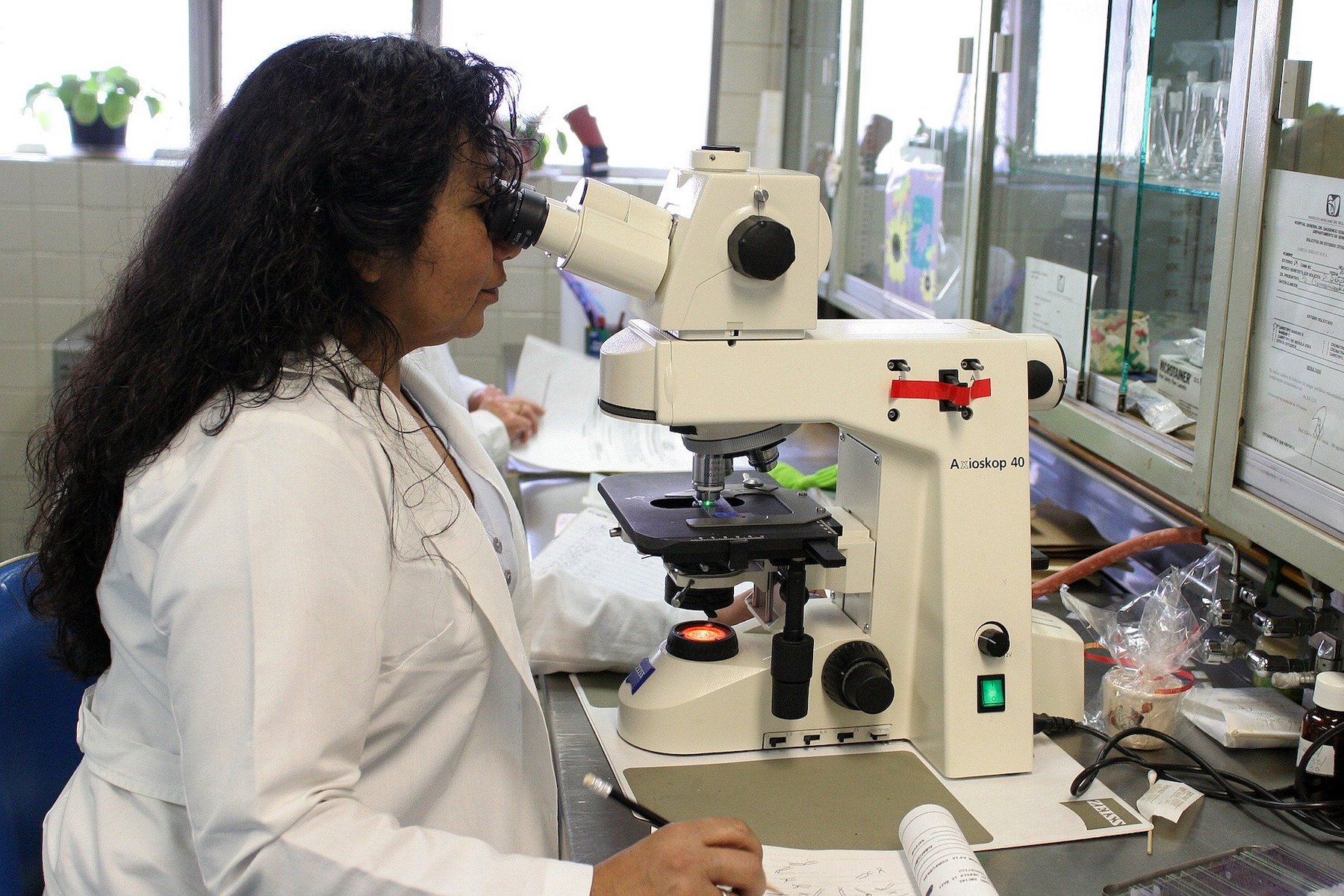
Bacteria And Fungi Listed In The 2019 Antibiotic-Resistant Threats Report
Along with the five urgent threats listed above, the CDC’s report Antibiotic Resistance Threats in the United States, 2019 lists another 13 resistant bacteria and fungi of concern. Those listed as “serious” are:
- Drug-resistant Campylobacter
- Drug-resistant Candida
- ESBL-producing Enterobacteriaceae
- Vancomycin-resistant Enterococci (VRE)
- Multidrug-resistant Pseudomonas aeruginosa
- Drug-resistant nontyphoidal Salmonella
- Drug-resistant Salmonella serotype Typhi
- Drug-resistant Shigella
- Drug-resistant Staphylococcus aureus (MRSA)
- Drug-resistant Streptococcus pneumoniae
- Drug-resistant Tuberculosis
Those classed as “concerning” are:
How Do Superbugs Become Resistant To Antibiotics?
Antibiotic resistance happens when bacteria stop responding to the drugs that have been developed to treat them. (The broader term “antimicrobial resistant” includes drug resistance by parasites, viruses and fungi, as well as bacteria.)
Much of the problem is to do with overuse. The more we use antibiotics, the more the bacteria get used to them and find ways to beat them. And we have been so very careless with these wonderdrugs. Even knowing the danger to our own lives if we no longer have effective antibiotics, we continue to allow them to be fed in vast quantities to farmed animals.
Why do we do this?
Well, for two reasons. One, because the conditions we keep those animals in are so disgusting that disease runs rife, and these drugs are all that keeps those poor creatures alive long enough to reach slaughter weight. And two, because there is a lucrative side-effect to these drugs – they make animals grow faster.
Our lives are being sacrificed for cheap meat.
Antibiotics have been overused in people, too. We are prescribed them (or we demand them) for illnesses they cannot treat, such as viruses like the common cold. Instead, we should reserve these precious drugs for when they are truly needed. And, if we start a course, we absolutely must finish it. Not doing so means the antibiotics may have killed off the weaker bad bacteria, but not yet finished off the stronger ones. Leaving these bacteria to flourish is asking for trouble.
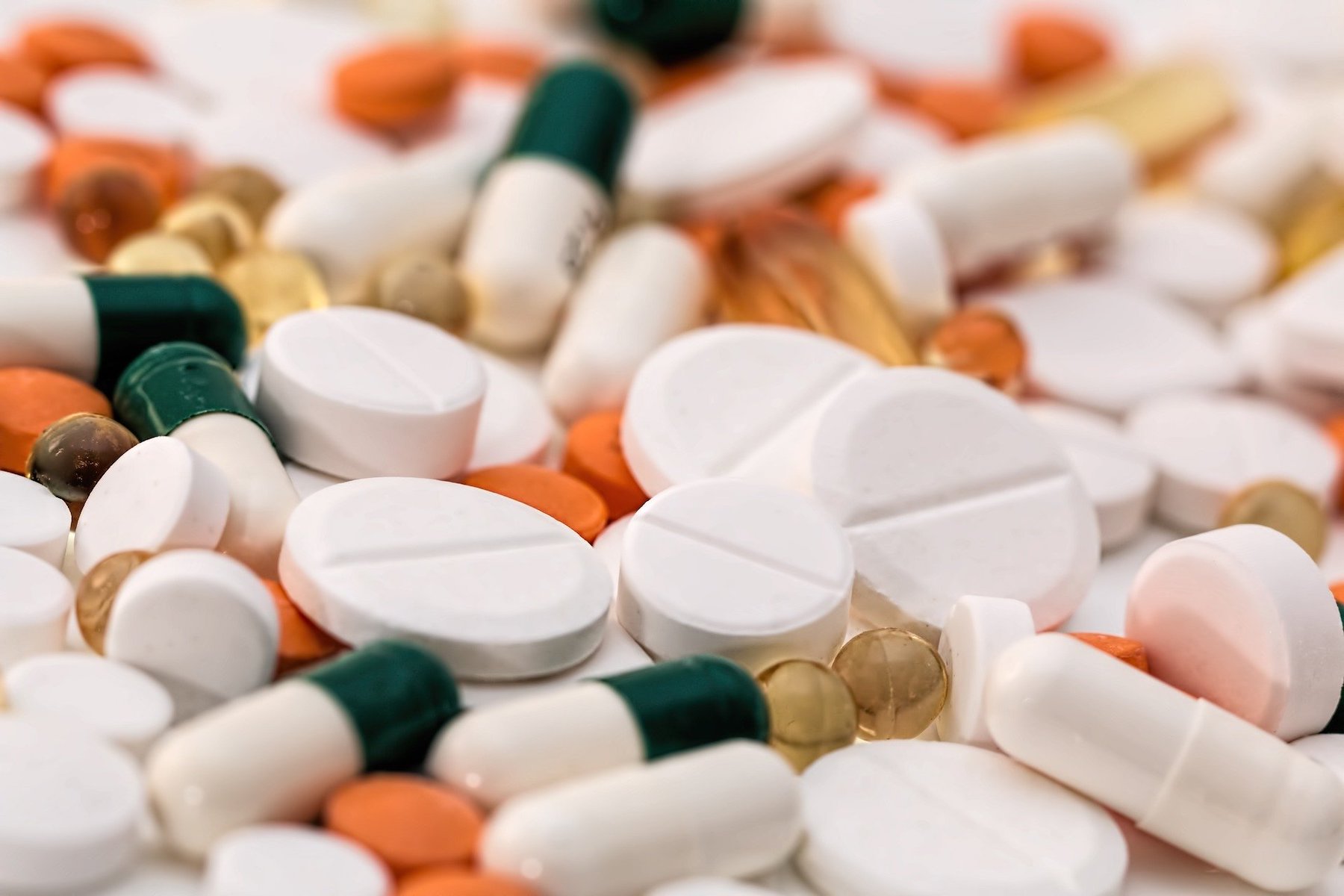
Can Antibiotic Resistance Be Reversed?
One approach taken by scientists attempting to combat the threat of antimicrobial resistance is to develop new drugs. This may be the obvious solution but researchers at Umeå University in Sweden have come up with a different goal: to re-sensitize bacteria to the drugs they once used to respond to.
Instead of developing brand new drugs that kill off bacteria – a hugely complex and costly project – Prof. Frederik Almqvist’s team is working to create new compounds that weaken the bacteria, allowing the original antibiotics to do their job again. Ingenious.
Laboratory trials have been successful for tuberculosis, MRSA and VRE but there is some way to go before they can be used in people. And we have no way of knowing whether they will work across all illness-inducing bacteria, or whether their effect will buy us just a few more years.
How Can I Protect Myself From Infection?
Through good hygiene, lots of hand washing, and limiting your contact with other people. And ensuring your own immune system is strong so that if infection occurs you are well-equipped to deal with it. Eating a whole food plant-based diet (along with avoiding pollutants and stress, and getting good sleep and exercise) can boost our immune systems and keep us healthy.
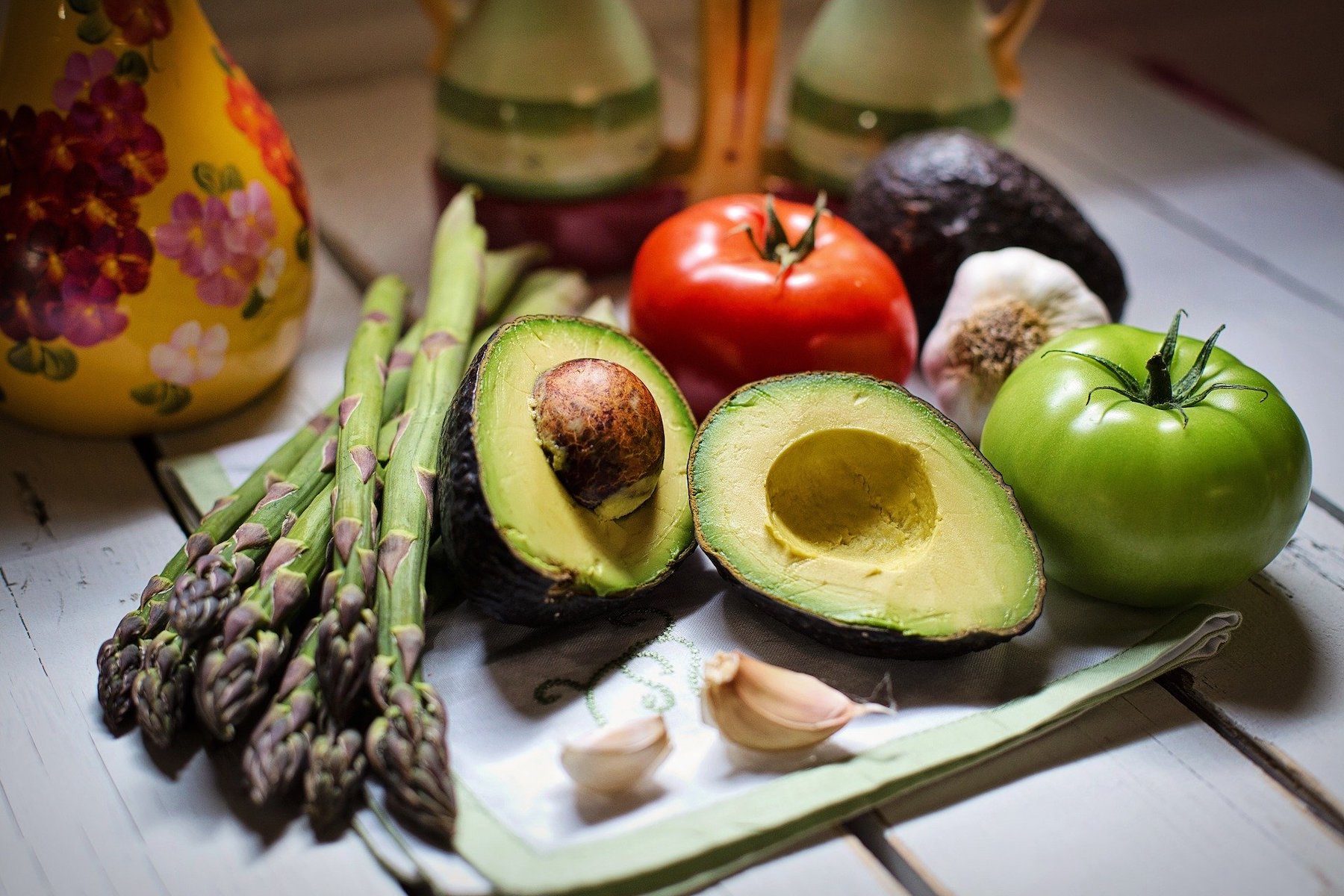
Preventing Antibiotic Resistance
First, we must not request or take antibiotics for anything other than a serious bacterial infection, and when we do take them, we must finish the course. This advice should be applied to treatment for our animal companions, too.
But this is not where most antibiotics are used. As of 2016, around 69 percent of all medically important antibiotics in the US were sold to be fed to farmed animals. This cannot continue if we value our own health and lives.
Ending their prophylactic use in farmed animals will require a huge shift in the agricultural world, as antibiotics prop up factory farming, and almost every farmed animal in the US is raised on a factory farm. If we continue to eat meat, milk and eggs, we are funding the dangerous overuse of antibiotics, which endangers us all.
Thankfully, stopping eating animals is a triple whammy of great health. First, we get to preserve antibiotics for when they are most needed, which prolongs their effectiveness and saves lives. Second, by ending factory farming, we remove some of the most appalling disease factories on the planet. Already, pandemic experts are keeping a close eye on chicken farms, and describe them as “ticking time bombs”. And finally, eating a whole food plant-based diet is great for our own health. As well as helping to boost immunity, it reduces the risk of suffering many conditions that are serious in themselves, as well as creating underlying health conditions, which make other infections – like Covid-19 – a lot more serious.
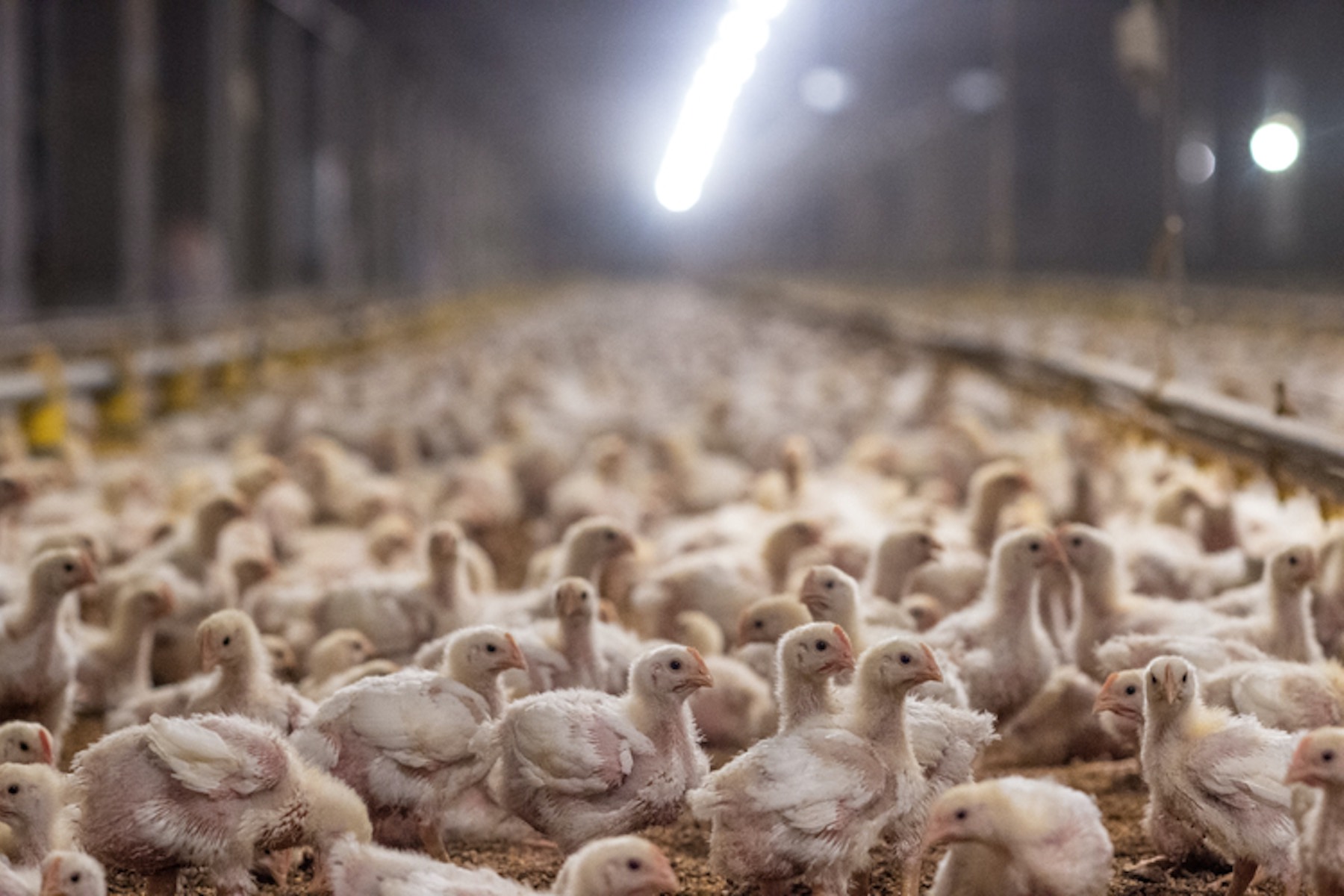
Conclusion
Antimicrobial resistance is already killing tens of thousands of Americans every year, and unless we act, it will kill many more. We are blessed to be alive in the era of antibiotics, to not have to worry about dying from a simple infection. But the global overuse of these incredibly valuable drugs is changing all that.
To protect ourselves and our communities from antimicrobial-resistant pathogens we must change the way we behave. Ending our consumption of animal products not only significantly reduces the threat but it also better equips our own immune systems should we become infected.
Interested in trying vegan? Let us help you!
